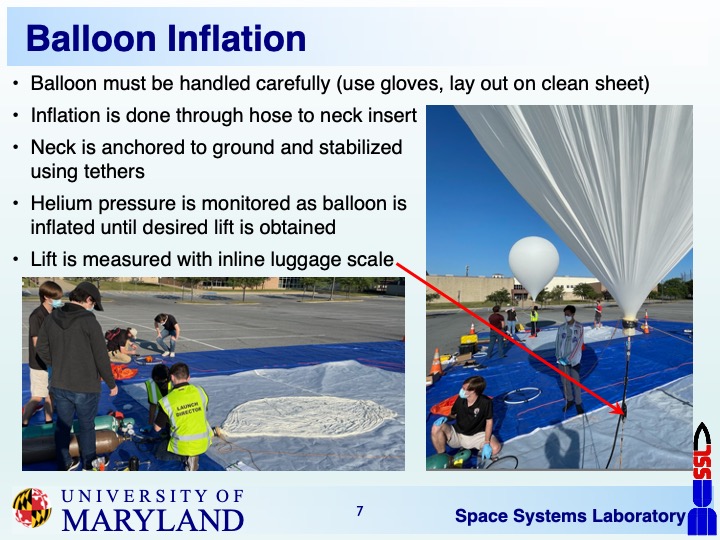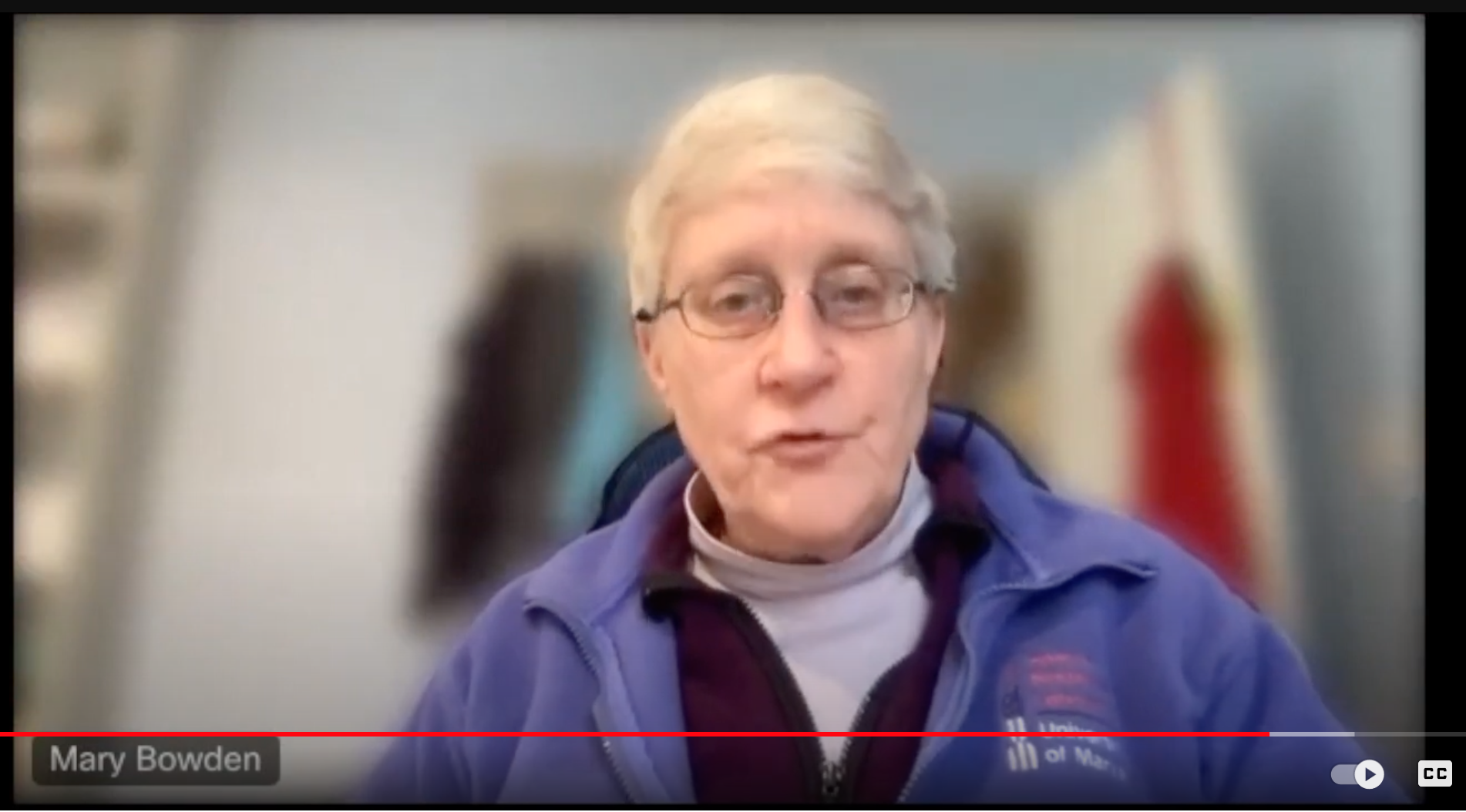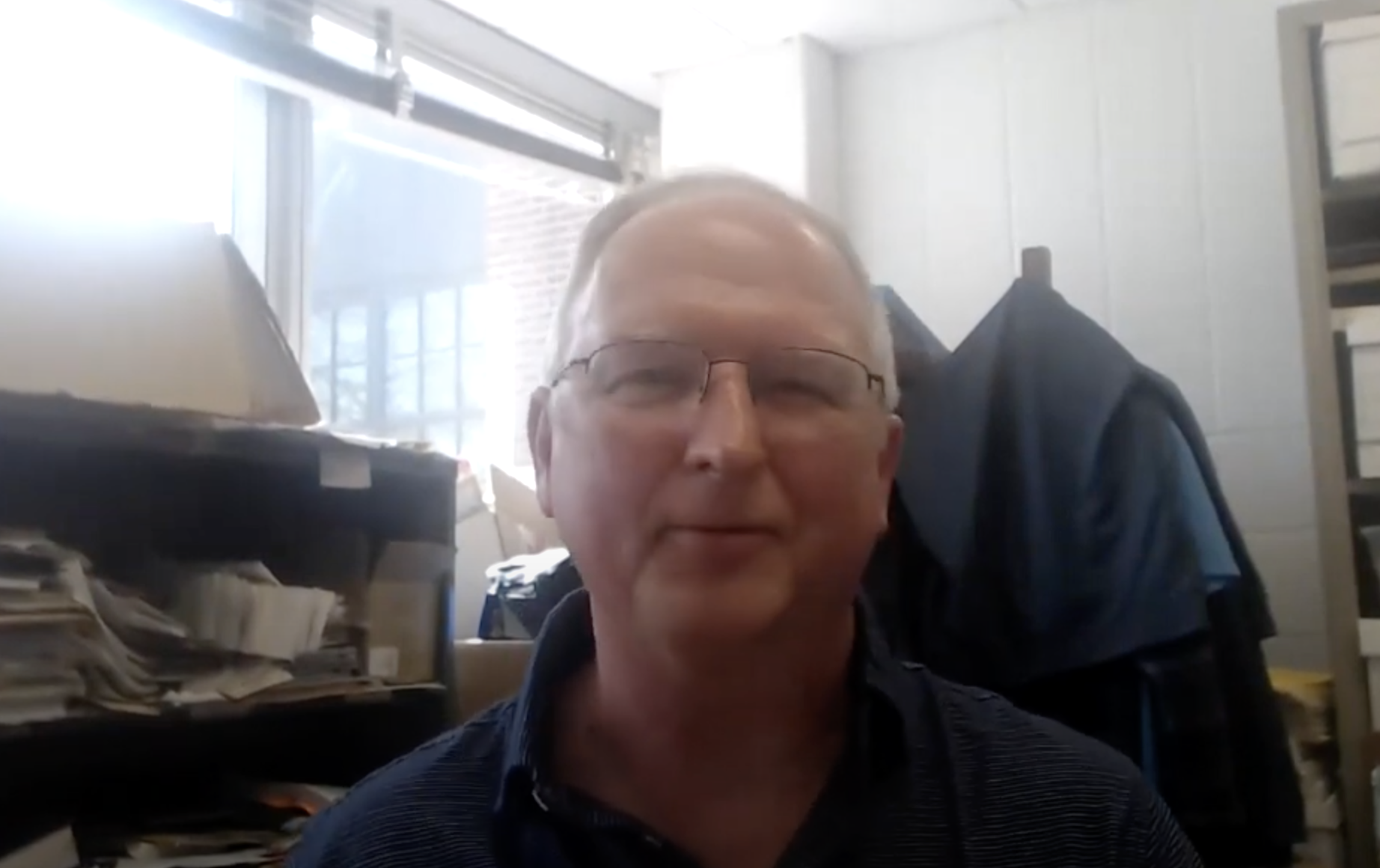Engineering Lesson 6: Basic ballooning and payloads; planning a mission
Overview of the content
- the concept of buoyancy and how helium-filled balloons work
- inflation and balloon handling basics
- typical payloads, placement, and stringing
- necessity of tracking and retrieval to recover payloads and data
We will also look at ballooning from a mission-planning perspective, including constraints that are part of the NEBP project; and safety, operations and risk mitigation strategies
- Safety and risk video
- Choosing a launch site video
Learning objectives
Ballooning and payloads
After completing this lesson, students will be able to:
- understand basic balloon physics;
- describe the various phases of balloon flight;
- identify challenges associated with each phase;
- be aware of typical balloon payloads and understand limits on what can fly
Ballooning missions
After completing this lesson, students will be able to:
- Identify the main parts of a balloon mission.
- Identify and describe the constrains that are part of the NEBP project.
- Identify and describe the possible hazards involved in high altitude balloon flight.
- Explain the risks and the risk mititgation stratagies to ensire safe launch, flight, and recovery operations.
Background information for the instructor
This is an introductory lesson. Instructors may wish to show the slide deck on ballooning basics and do the in-class activity.
Ballooning Basics
Ballooning Basics: This 19-slide deck by Dr. Mary L. Bowden, University of Maryland Aerospace Engineering, offers:
- Why Balloons Float
- Journey of a Scientific Balloon - including Pre-Flight and Inflation, Launch, Ascent, Burst & Descent, and Landing and Recovery
- Payload design and preparation
- Safety and operations
> View this presentation in SlideShare or
> Download this deck as a PDF or from our NEBP Google Drive as Powerpoint slides
Good Advice from a NASA Mission Director:
“Figure out the worst case reasonable scenario, and then plan for it!”
Safety and risk
In this video, Suzanne Smith (University of Kentucky) and Mary Bowden (University of Maryland) share safety considerations for ballooning. This information will apply to both the Atmospheric Science and the Engineering tracks. [YouTube, 9:21, closed captioned]
Choosing a launch site
In this video, James Flaten (Minnesota Space Grant Consortium) and Mike Walach (Montana State University) describe the various considerations when choosing a launch site for your balloon. They also compare the differences between flying in a more urban area vs. a remote area.
Suggested class activity
Hand out an 18-inch length of paracord to each student and teach 4 basic knots: square knot, slip knot, figure-8 knot, and bowline.
Links for knot-tying videos
Supplemental information
Building payload boxes
Ballooning teams vary widely in how they build payload boxes (also called "shells" or "enclosures"). This video from the Minnesota Space Grant Consortium is an overview on how they build payloads from 1/2" thick Styrofoam and strapping tape.
View the video on YouTube - by Dr. James Flaten. Closed captioned, 36 minutes
This slide deck offers screen shots from the video and an overview of the content - also by Dr. James Flaten, Minnesota Space Grant Consortium
![]() Don't forget to track today's progress in your portfolio
Don't forget to track today's progress in your portfolio
Will you take a few minutes to give us some feedback on this lesson? Thank you!
Course home page // Next lesson >>



